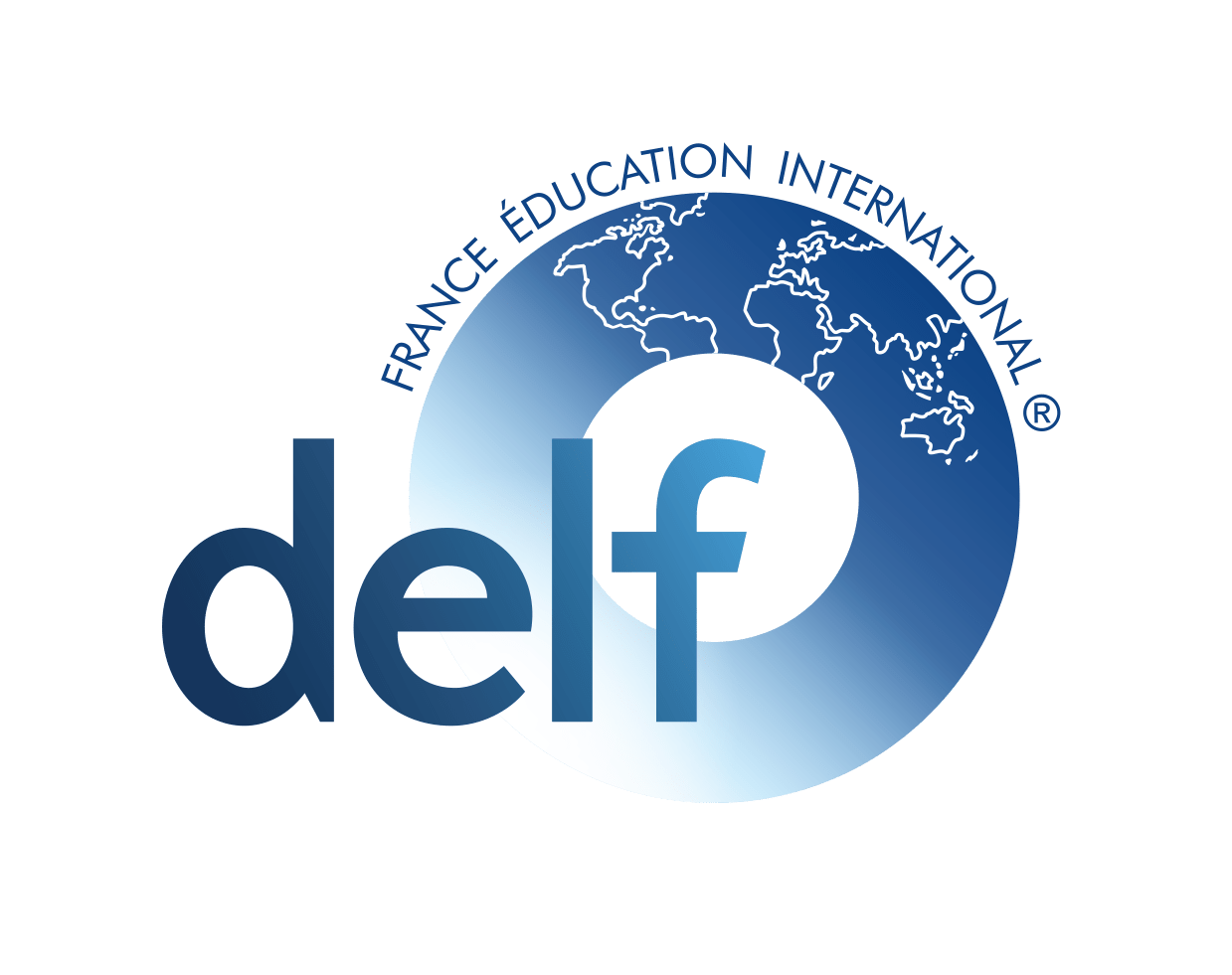Computer-assisted Language Learning (CALL)
Computer-assisted Language Learning (CALL) is an approach to teaching and learning in which computers and other resources such as the Internet are used to present, reinforce, and evaluate what is to be learned. It usually includes a substantial interaction between students.
Therefore, I would like to ask the following question: Have we reached a normalization in the field of computer-assisted language learning? For me, the answer is affirmative, and in the following I will explain why.
Firstly, I believe that in many places, we have reached the stage called Integrated CALL. This stage in the evolution of CALL refers to the moment when computers are considered just another learning tool, and technological innovations are part of daily life. Indeed, we experience this at our school, Fontenebro International School: Each student from 5th grade onwards has a Chromebook, so we do not move to a different space to use the computer but rather remain in the same place where classes usually take place. Similarly, technology is used as just another learning resource, as teachers have been trained and are familiar with the possibilities it offers. We recognize its limits and do not see it as the solution for everything.
Secondly, I would like to highlight that the new education law, LOMLOE, considers the development of the digital competence as one of its key points in all educational stages. Therfore, lesson plans based on this new law have integrated CALL, demonstrating that normalization has been achieved in the field of computer-assisted language learning.
Society and technology are intrinsically intertwined today, forming an inseparable fabric that shapes our way of living, interacting, and progressing. Technology has not only transformed how we perform daily tasks but has also deeply influenced social, economic, and cultural structures. From instant communication to the globalization of information, technology has forged new modes of connectivity that transcend geographical and cultural boundaries. Additionally, society drives technological innovation by demanding solutions to its changing needs. The adoption of digital devices, the omnipresence of social networks, and the reliance on online platforms for work and entertainment are tangible testimonies to this symbiotic relationship.
In conclusion, we have reached a normalization of computer-assisted language learning in our case. As Cisneros (2015) mentions in her undergraduate thesis, metioning Suárez et al (2012) and their research, infrastructure, a policy of integrating ICT in schools, and teacher training are needed. In some cases, this may not be possible, although I trust that it will gradually be achieved, as it is already a reality for many students.
What is clear is that ICT should become something normal in more schools, methods, teachers, and students, as they contribute significantly to the teaching-learning process. At Fontenebro International School, we recognize and embrace the importance of naturally integrating Information and Communication Technologies (ICT) into our educational environment. The gradual adoption of ICT in our daily lives reflects the belief that these technologies should not be occasional tools but essential components that enrich the teaching-learning process. Following the guidelines described by Fernández (2010), mentioned by Cisneros (2015), we understand that ICT can significantly enhance the language learning experience and the CLIL model. From improving educational materials to stimulating motivation, facilitating cooperative learning, contextualization, and promoting active learning, our technological initiatives seek to maximize the benefits that these tools offer in the educational field, creating an environment where technology and teaching converge effectively and enrichingly.
Cisneros Gallart, B. (2015). Investigación de la integración de las TIC en el currículo de lengua extranjera en el centro de prácticas. Extraído de https://reunir.unir.net/bitstream/handle/123456789/3262/CISNEROS%20GALLART%2C%20BEGO%C3%91A.pdf?sequence=1
Clara de Blas González
Primary Teacher

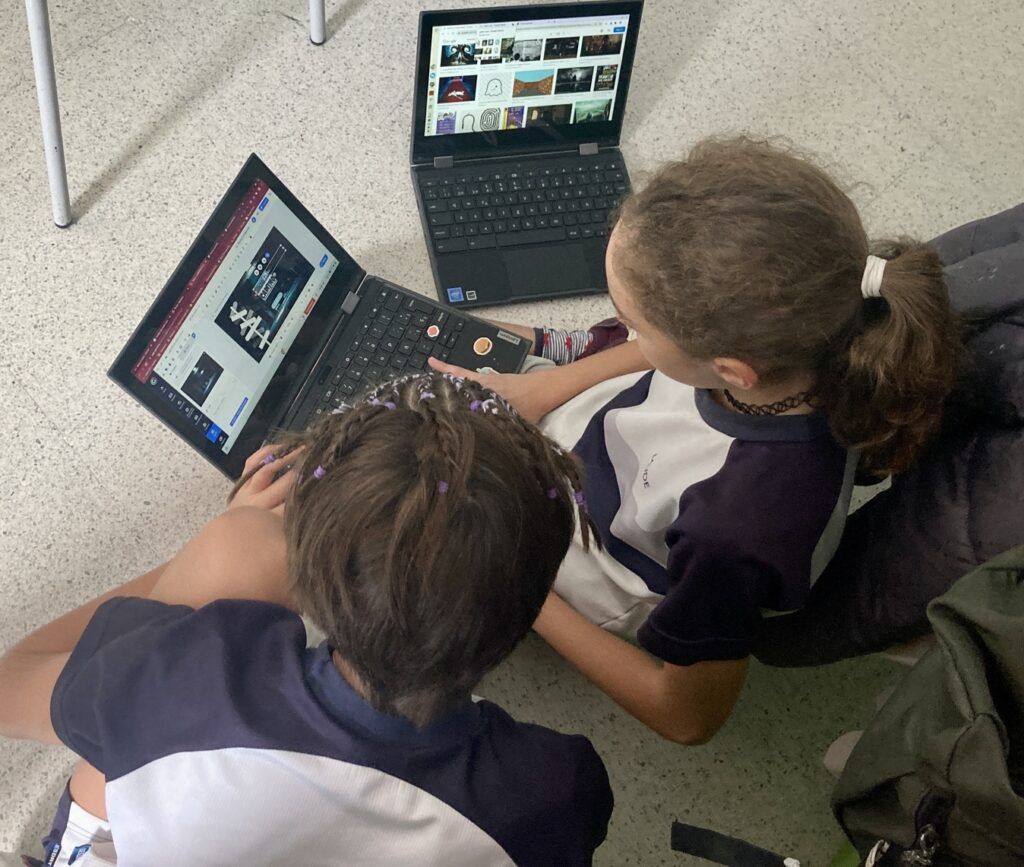

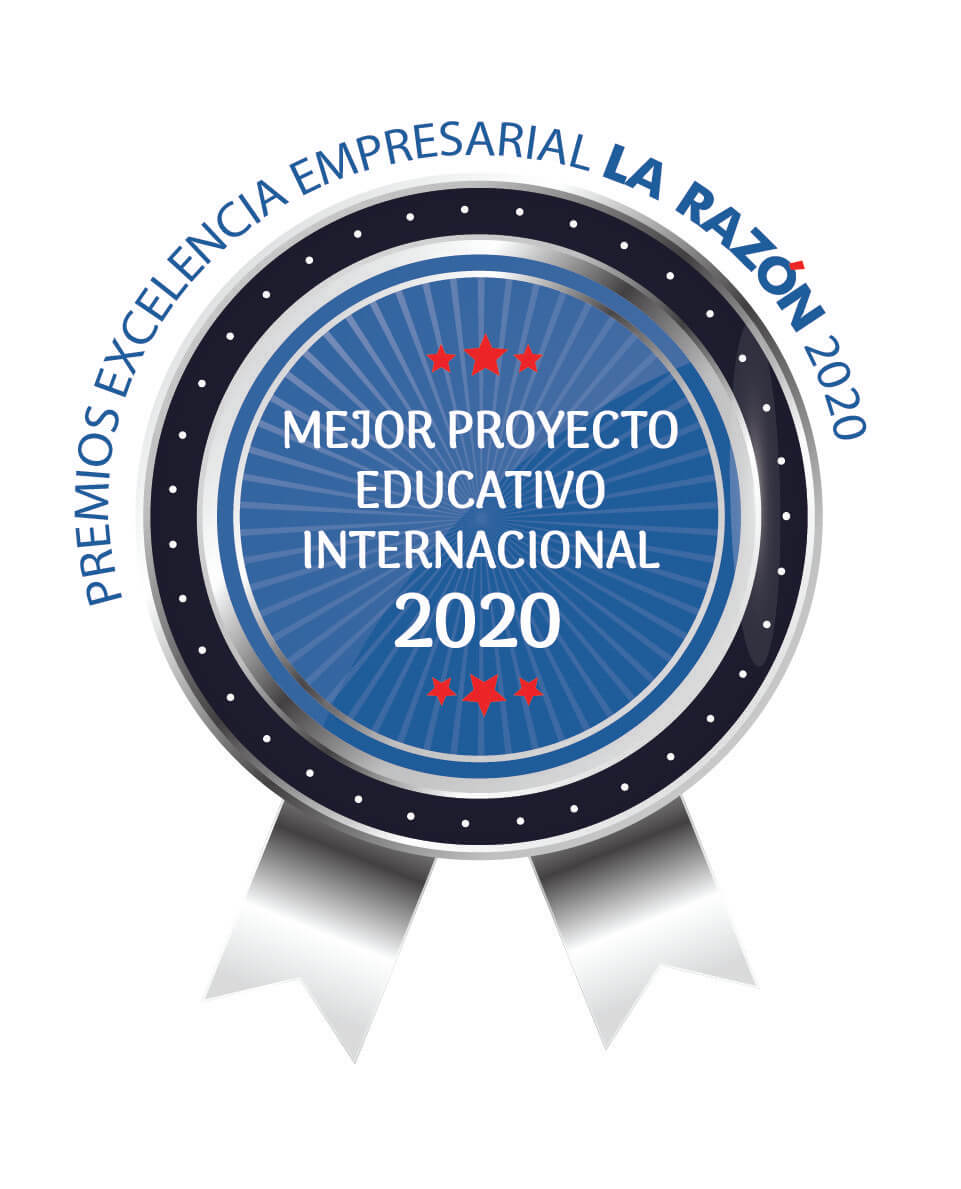




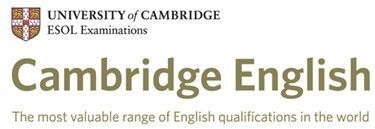



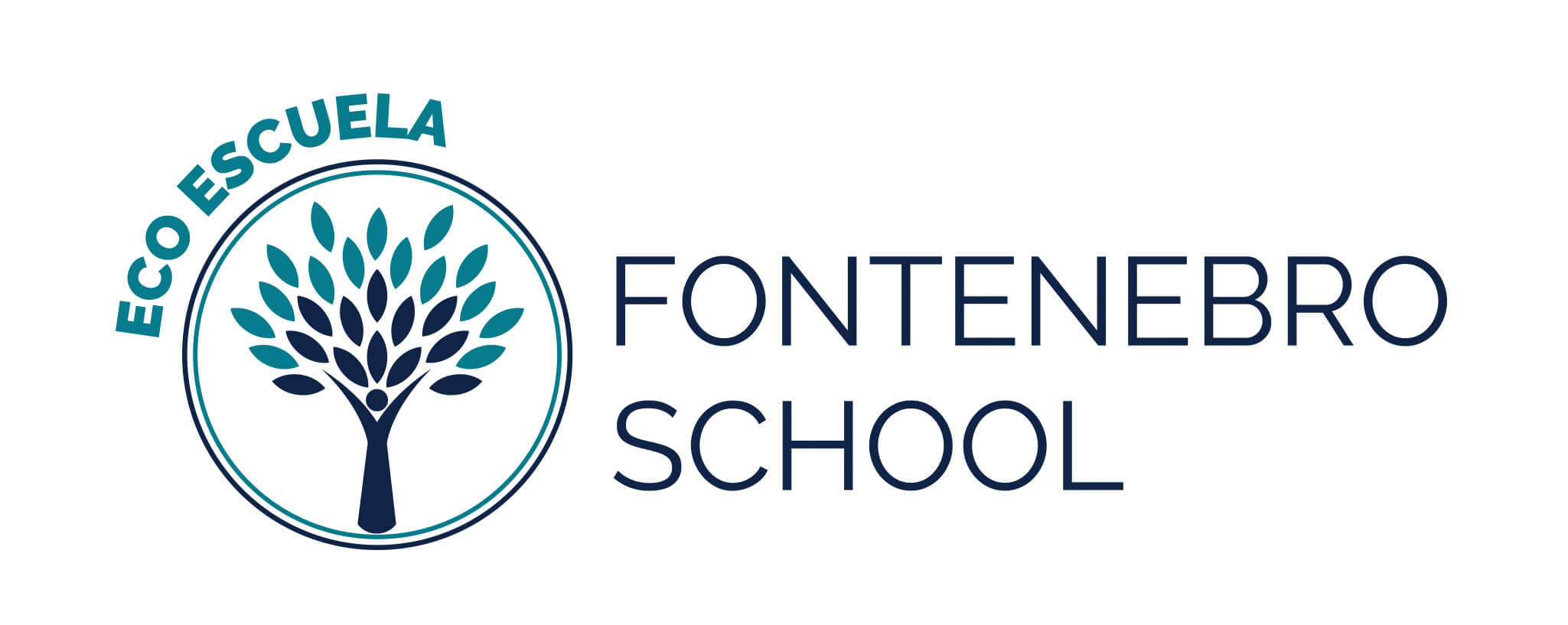
![BAPParentLogo[5]](https://fontenebroschool.com/wp-content/uploads/2020/09/BAPParentLogo5.png)
